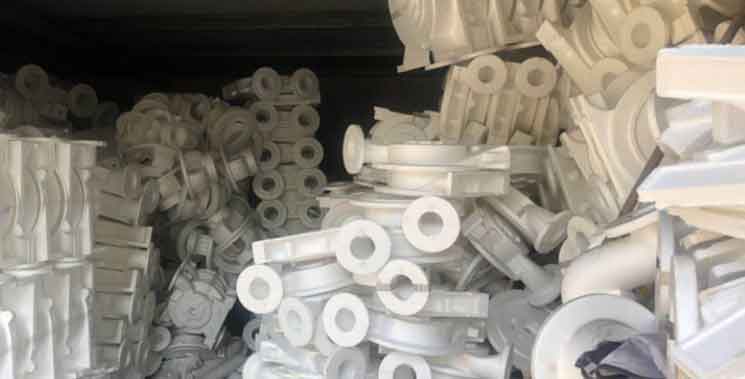
Investment casting, also known as precision casting or lost wax casting, offers significant benefits that enhance productivity and quality in foundries. The process enables foundries to optimize their operations, improve efficiency, and deliver high-quality components. Here’s how investment casting achieves these advantages:
- Reduced Material Waste: Investment casting minimizes material waste compared to other casting processes. The near-net-shape production capability allows for precise casting of components, resulting in minimal material removal or machining. This reduces the amount of material waste generated during production, leading to cost savings and reduced environmental impact.
- Streamlined Production Workflow: Investment casting provides a streamlined production workflow that minimizes the number of manufacturing steps. The process eliminates the need for extensive machining or fabrication operations, as components can be produced as near-net shapes. This reduces the lead time, labor, and equipment requirements, resulting in a more efficient and productive foundry operation.
- Improved Dimensional Accuracy: Investment casting offers high dimensional accuracy, ensuring that the final components meet tight tolerances and precise specifications. The process captures the intricate details of the wax pattern, resulting in consistent and accurate reproduction of the desired component dimensions. This reduces the need for post-casting machining or additional adjustments, saving time and ensuring the quality of the final product.
- Enhanced Surface Finish: Investment casting produces components with a high-quality surface finish. The process enables the replication of fine details and smooth surfaces, minimizing the need for extensive surface treatments or additional finishing operations. This improves the aesthetics of the components and reduces the time and effort required for surface refinements.
- Consistent Quality and Performance: Investment casting ensures consistent quality and performance across multiple components. The process allows for the replication of intricate patterns and designs with high fidelity, resulting in consistent mechanical properties, dimensions, and tolerances. This level of consistency is crucial for components that require uniformity in performance and reliability.
- Complex Geometries and Intricate Details: Investment casting excels at producing components with complex geometries and intricate details. The process allows for the creation of components with thin walls, internal features, and complex shapes that may be challenging or impossible to achieve with other casting methods. This opens up new design possibilities and expands the range of components that can be produced in the foundry.
- Reduction in Assembly Operations: Investment casting enables the production of complex components as a single piece, reducing the need for separate parts and subsequent assembly operations. This simplifies the production process, eliminates the risk of failure at joints or interfaces, and reduces assembly time and labor costs.
- Scalability and Volume Flexibility: Investment casting is scalable, allowing foundries to meet varying production requirements. The process can be adapted to produce small to large volumes of components, providing flexibility and responsiveness to changing market demands.
By incorporating investment casting into their operations, foundries can enhance productivity, improve efficiency, and deliver high-quality components to their customers. The process offers numerous advantages that optimize the production workflow, reduce material waste, and ensure consistent quality and performance. With its versatility and ability to produce complex components, investment casting contributes to the success and competitiveness of foundries in today’s manufacturing landscape.
